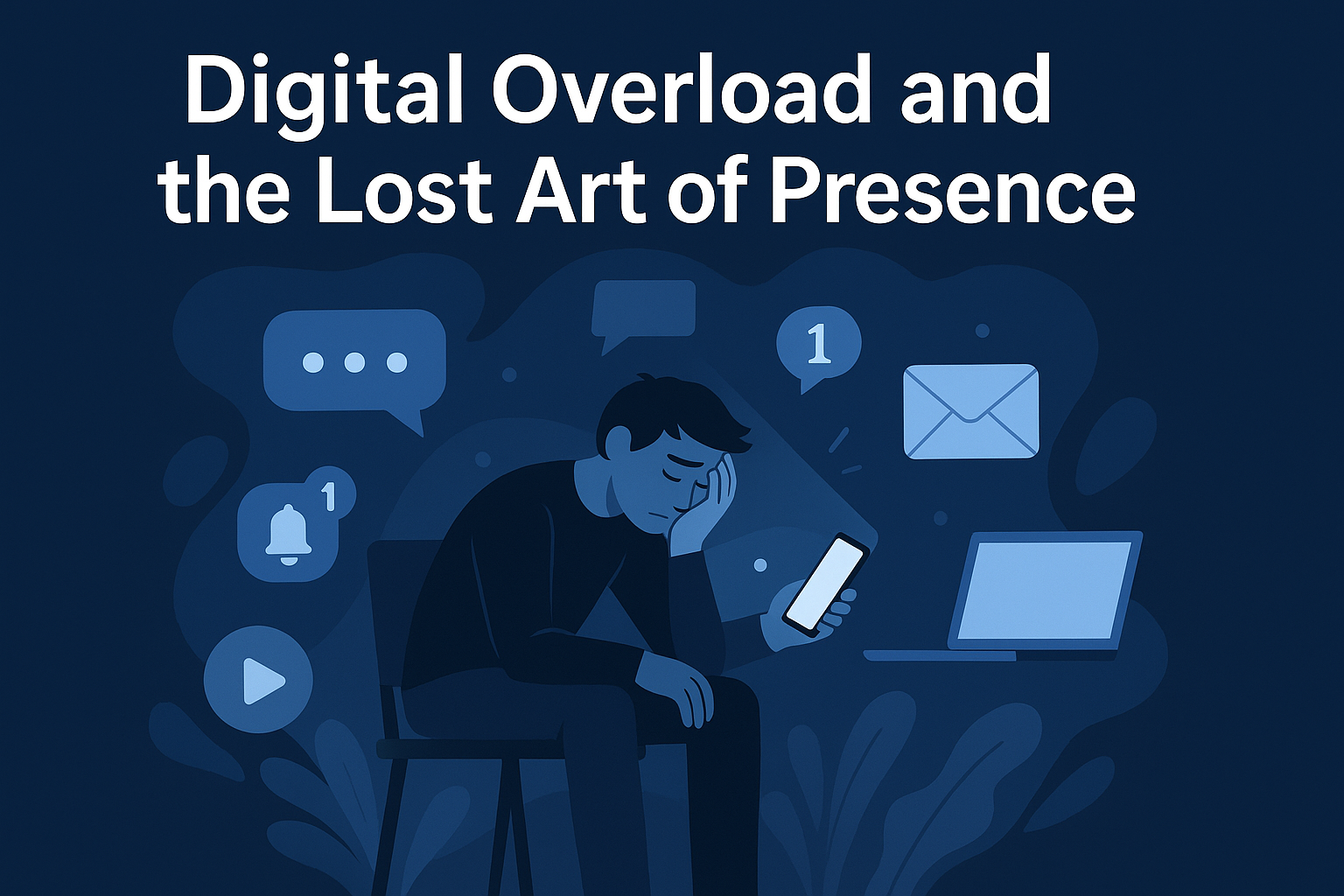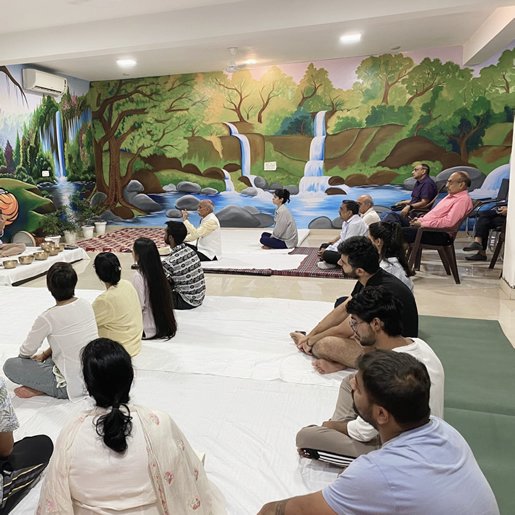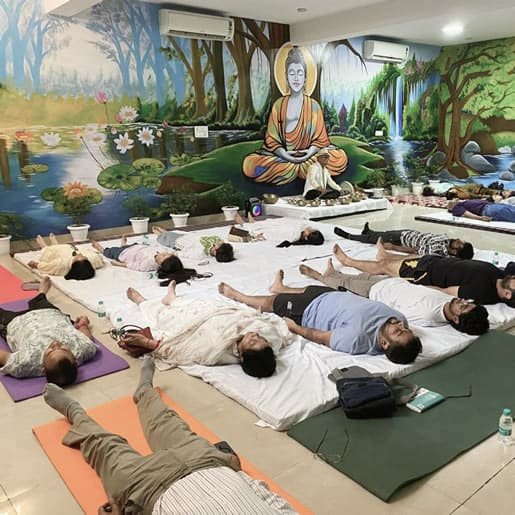Introduction
The global mental health crisis is deepening fast. It has emerged as a pressing issue. The prevalence of mental health conditions has steadily risen in recent years. The following are some of the critical statistics that paint a serious picture:
• Around 1 in 7 people globally experience a mental health condition. Anxiety and depression are the most common. These numbers translate to nearly 1 billion people suffering from a mental health disorder.
• The WHO reports a 13% increase in mental health conditions and substance use disorders in the last decade. It means millions more people are struggling with their mental well-being compared to just a few years ago.
• Mental health issues are particularly prevalent among young people. As per WHO, 1 in 5 adolescents aged 15-19 years experiences a mental health condition. It is a critical age group for development. Untreated mental health issues can, therefore, have lasting consequences.
• The COVID-19 pandemic has further exacerbated the mental health crisis. The WHO estimates a 25% increase in the prevalence of anxiety and depression globally in its first year.
• The mental health crisis disproportionately affects certain groups. That includes women and people living in poverty. Besides, those in conflict-affected areas. Women are twice as likely as men to experience depression. People living in low- and middle-income countries have fewer resources to access mental health care.
This surge prompts a critical question: Is society to blame for the mental health crisis we experience? This article delves into the societal factors contributing to this global challenge. In the later part, we explore potential solutions.
Society’s Influence on Mental Health
Cultural and Social Factors
Society plays a significant role in shaping our mental health. There are three contributing factors to mental health crisis namely social stigma, lack of awareness and social pressure.
The relentless pursuit of achievement and success breeds immense pressure. From academic excellence in youth to the constant pressure to climb, societal expectations are rising.
In many cultures, discussing mental health is taboo. It prevents individuals from seeking help. People think mental health problems are a sign of one’s failure. That is why social stigma forces people not to open up with others about their mental problems.
The Impact of Modern Lifestyle
Comforts and instant connectivity drive our modern lifestyle. They do bring considerable benefits to society. However, they also contribute to a rise in mental health challenges. The fast-paced life, with its focus on achievement, creates chronic stress. Coupled with a culture of overwork and limited leisure time, this can lead to mental health issues.
The information overload and obsession with social media further lead to high levels of distraction and social disconnect. We are missing real-world connections. This further contributes to loneliness and emotional isolation.
Technology offers valuable tools for managing mental health. However, its excessive use can ironically disconnect us from what contributes to well-being. We ignore meaningful relationships, physical activity, and time spent in nature.
External Stressors and Mental Health
Economic and Environmental Stress: Economic distress and job insecurity in parts of the world are contributing to stress and anxiety. Environmental factors like climate change add to the emotional pain. Every season of the year, we are experiencing extreme weather fluctuations affecting millions worldwide. These external pressures can exacerbate existing mental health conditions.
The Role of Education and Employment: Educational and workplace environments often lack support systems for mental well-being. High competition and fear of failure can lead to chronic stress and anxiety.
The Community’s Role in Mental Health
Breaking the Stigma: Communities can play a crucial role in breaking the stigma surrounding mental health. Open discussions and awareness campaigns can create a more supportive environment. From school onward, the subject of stress management and mental health should be introduced. Students must be taught the value of mindfulness in their lives. They need to learn deep relaxation techniques.
Access to Mental Health Care: Improving access to mental health care is vital. Community-based programs can provide essential support and resources to those in need. For example, in India, there are 0.75 psychiatrists available for every 100,000 people. Likewise, there is a shortage of psychotherapists and other mental health professionals.
Technology and Mental Health
The Double-Edged Sword: While technology has connected us, it has contributed to increased isolation and anxiety. However, it also offers tools for mental health support, like teletherapy and mental health apps. Different services like counselling, therapy and consultations are available on online. Various platforms like Mind Therapy have introduced AI Therapists for free ‘virtual’ counselling.
Addressing the Crisis: A Collaborative Effort
Government and Policy Makers: Governments must invest more in mental health services and policies promoting mental well-being. The investment should include funding, research, and public health initiatives. Guidelines exist for making available services relating to mental health. But their delivery and penetration into rural and distant areas must be improved.
The role of civil society is very critical for successful mental health-related programs. Employers must also create healthier work environments. They should include mental health days, counselling services, and stress management programs.
Conclusion
While society contributes to the global mental health crisis, it also holds the key to solutions. It’s only the society who can save us from plunging into the darkness. Every stakeholder needs to play a responsive role. Collective efforts from individuals, communities, NGOs, government institutions, and the corporate sector are crucial.
We need to address two societal factors. First, to promote mental health awareness and education. Second, to make available a robust infrastructure to provide professional services. Lastly, to improve social support systems for the individuals. Through these interventions, we can tackle the challenge of global mental health crisis more effectively.














